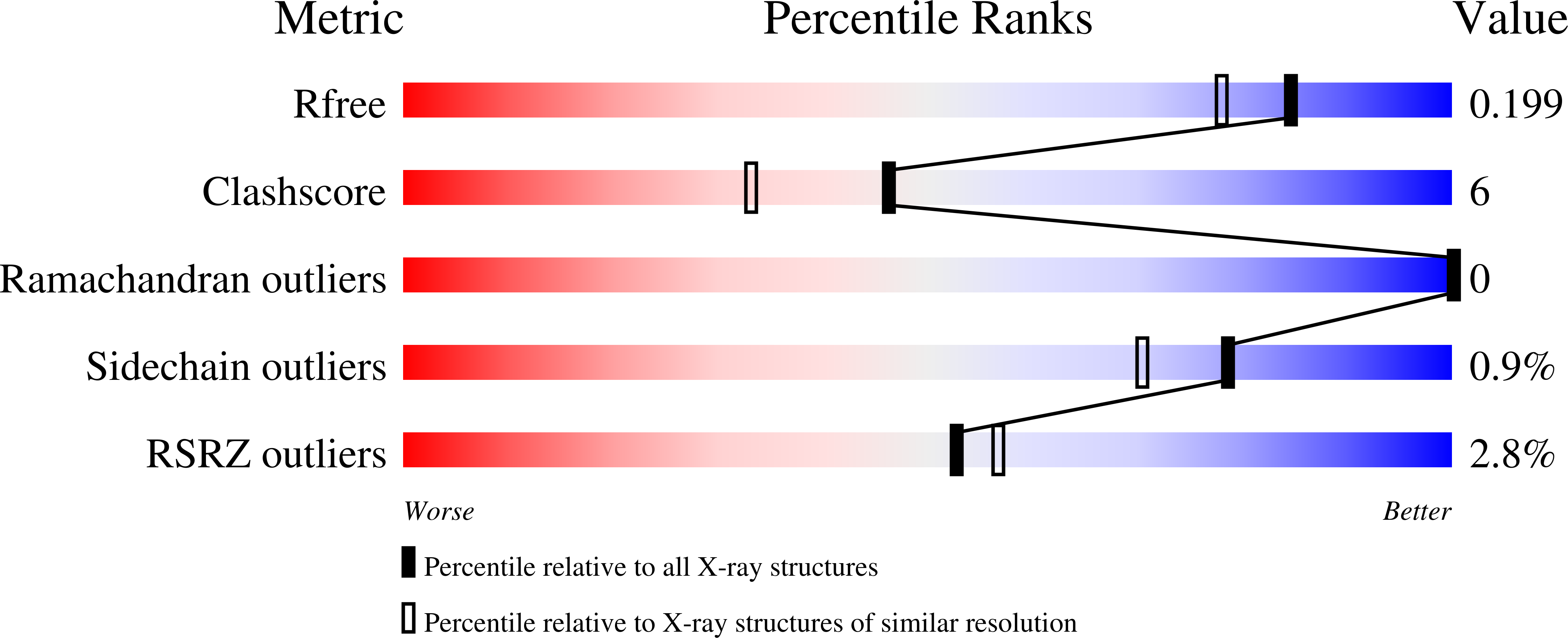
Deposition Date
2008-06-05
Release Date
2008-09-16
Last Version Date
2024-11-06
Entry Detail
PDB ID:
3DD7
Keywords:
Title:
Structure of DocH66Y in complex with the C-terminal domain of Phd
Biological Source:
Source Organism:
Enterobacteria phage P1 (Taxon ID: 10678)
Host Organism:
Method Details:
Experimental Method:
Resolution:
1.70 Å
R-Value Free:
0.19
R-Value Work:
0.18
R-Value Observed:
0.18
Space Group:
C 1 2 1


